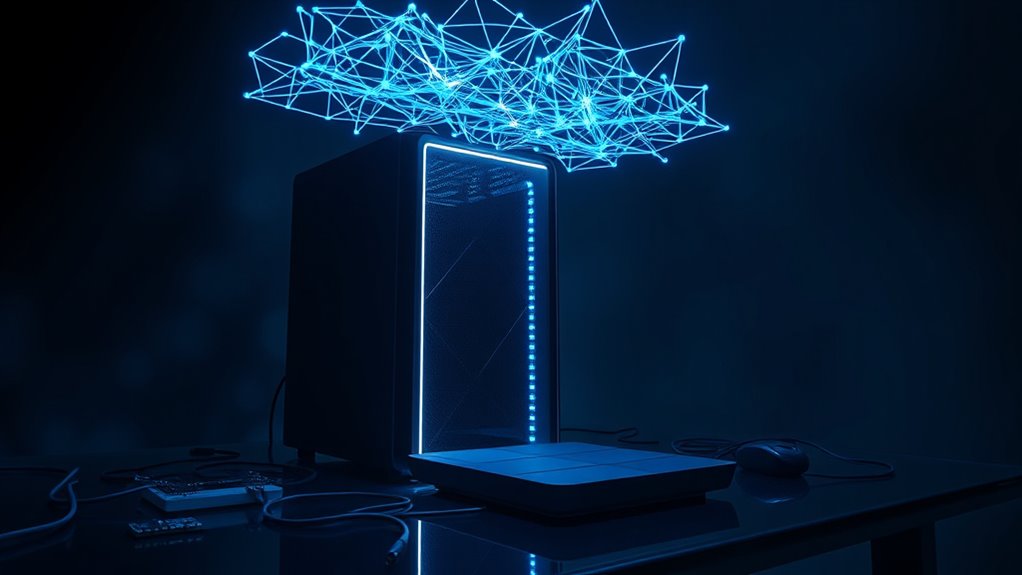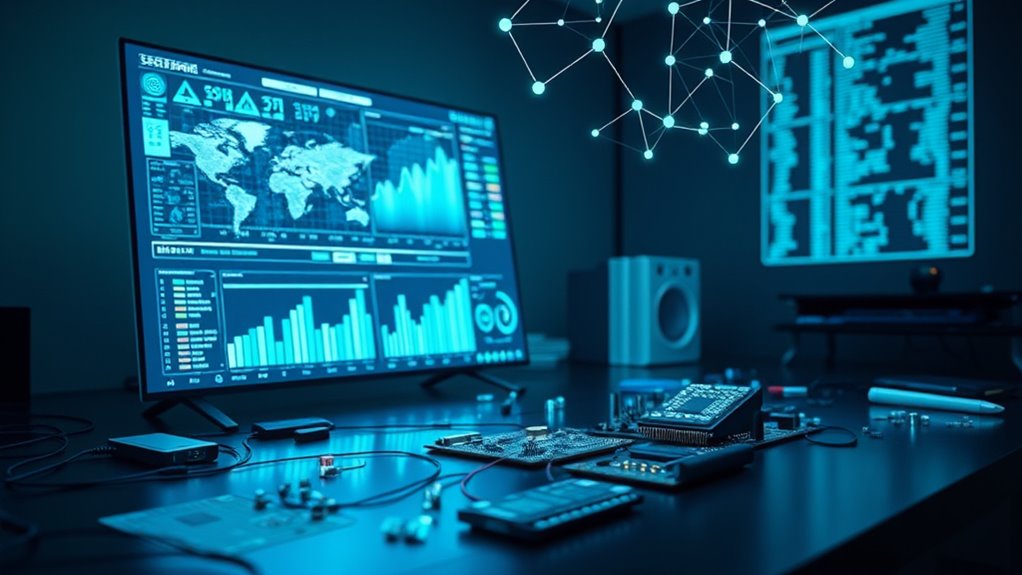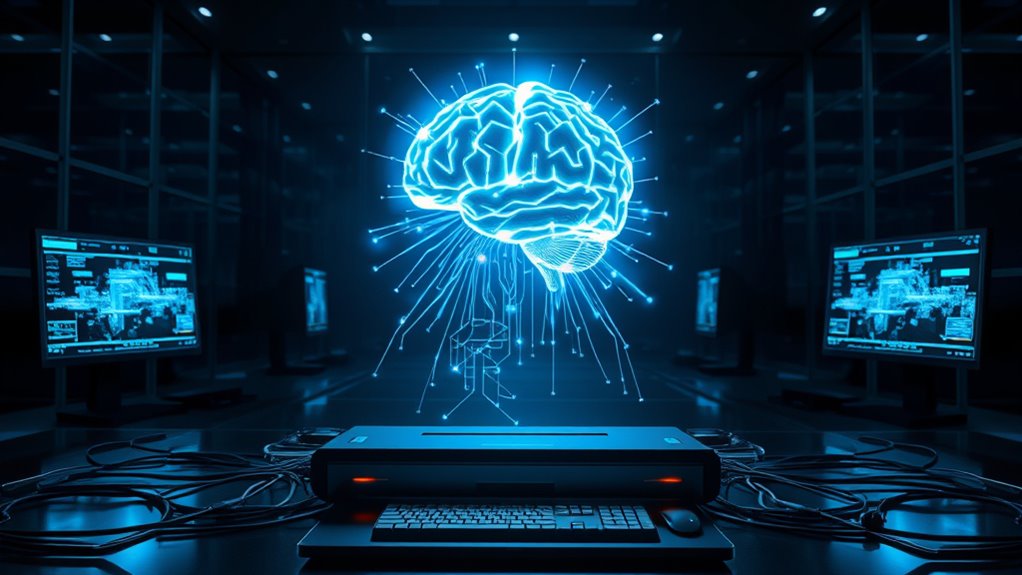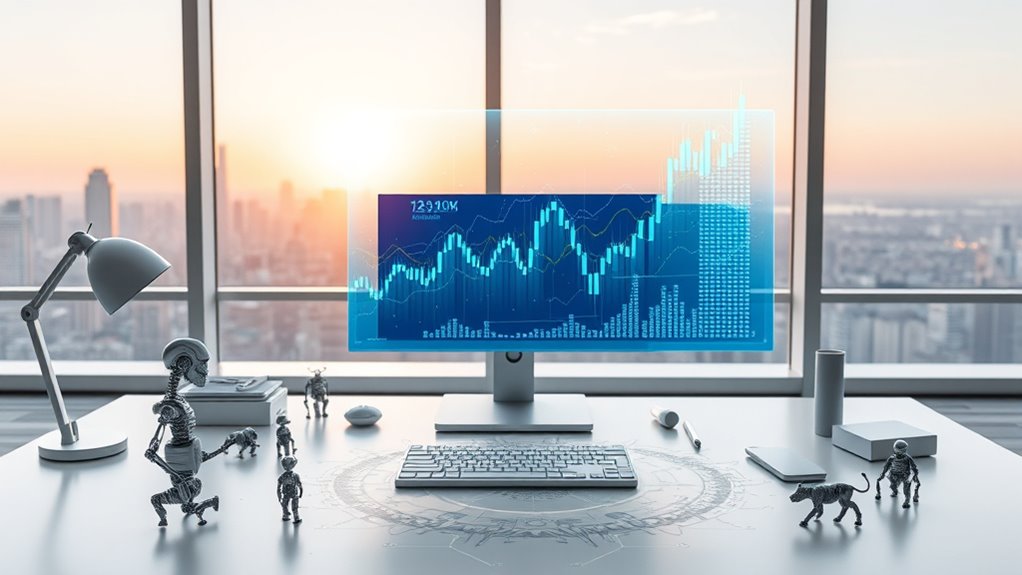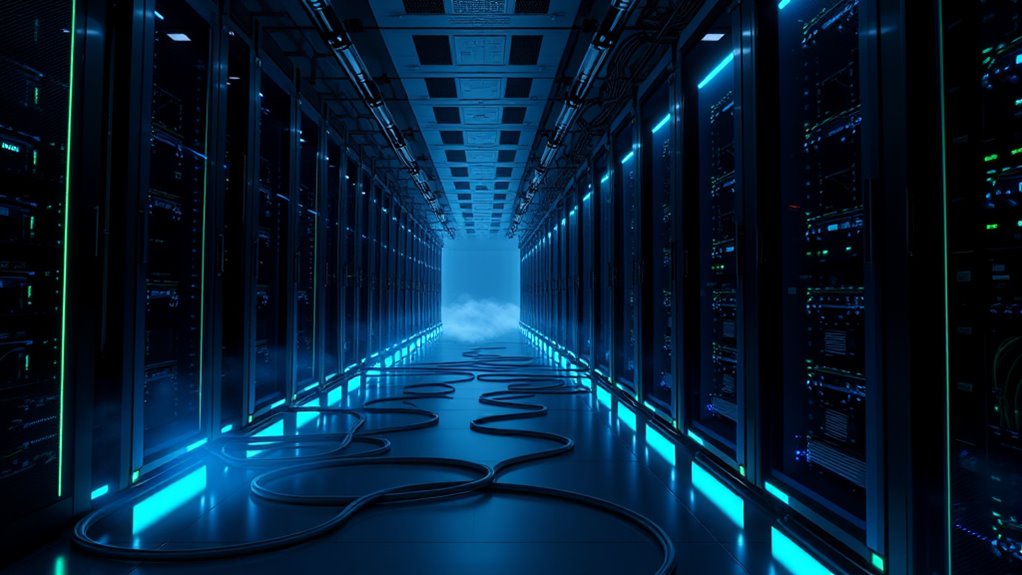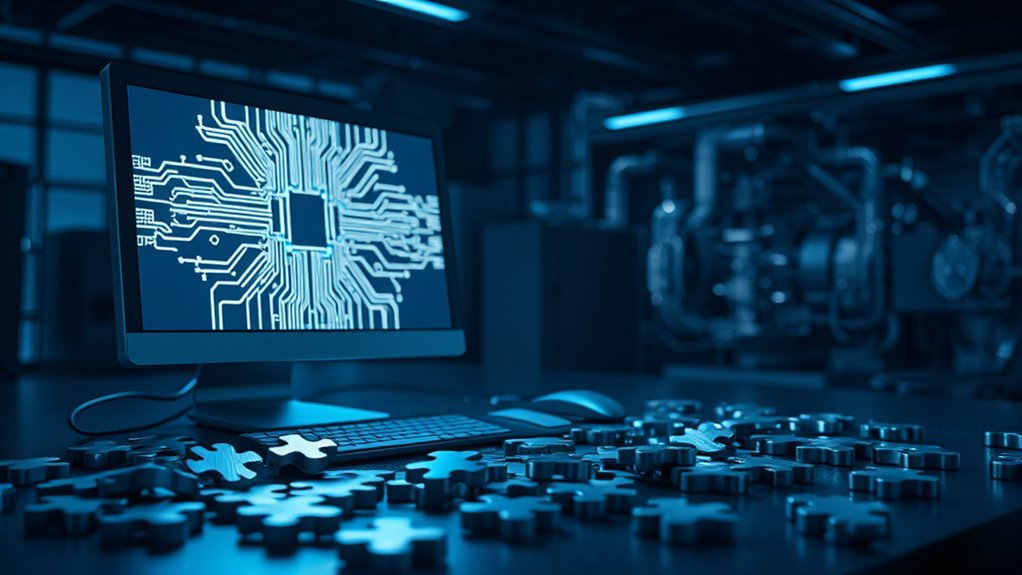Although technology is advancing rapidly, deep learning stands out as a key part of artificial intelligence, or AI. It’s a method that helps computers learn from huge amounts of data, much like how humans learn from experience. Deep learning uses special systems called neural networks, which are designed to work like the human brain. These networks help machines tackle tough tasks that regular computers can’t handle easily.
One big area where deep learning shines is in chatbots and AI assistants. These tools, often used in customer service, can talk to people and solve problems using AI-driven answers. It’s also huge in image recognition. Think of apps that can spot faces or objects in photos—that’s deep learning at work. Speech recognition is another win, with systems understanding spoken words better thanks to networks like convolutional and recurrent neural networks. Even translating languages gets easier with deep learning, as it helps machines understand and create text in different tongues. Deep learning also plays a critical role in healthcare by digitizing hospital records and images, improving efficiency and organization.
Deep learning powers chatbots, image recognition, and speech systems, making machines smarter at understanding faces, voices, and languages effortlessly.
Industries are jumping on board with this tech. In finance, it’s leading the way, with AI expected to grow big in banking by 2033. Healthcare’s also seeing a boom, with AI projected to be worth over $613 billion by 2034. Retail uses it for personalized shopping tips, while transportation relies on it for self-driving cars. Customer service gets a boost too, with chatbots making things faster and smoother. Moreover, deep learning skills are highly sought after, as they prepare individuals for machine learning roles in various industries. Deep learning is revolutionizing healthcare by enhancing disease diagnosis accuracy through advanced data analysis and imaging techniques.
The numbers show how massive this field is. The global AI market’s already worth over $390 billion and is set to grow five times bigger in just five years. In the US alone, it’s expected to hit nearly $300 billion by 2026. Plus, the AI workforce might reach 97 million people by 2025. That’s a lot of jobs!
Deep learning’s power comes from complex ideas like calculus, but its impact is simple to see. It’s changing how businesses handle big data, with 48% of them using AI for this. From diagnosing illnesses to improving daily tech, deep learning’s role in AI keeps growing, shaping a future full of smart solutions.
